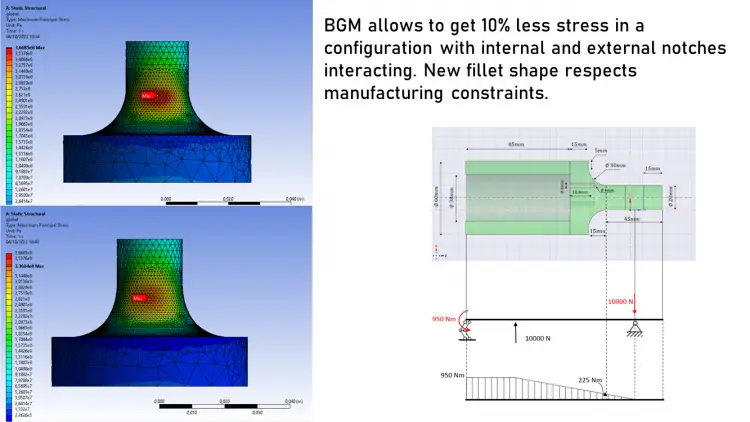The central objective of Benacquista’s thesis was to extend the fatigue life of mechanically complex components by minimizing localized stress concentrations. This was accomplished through a meticulous shape optimization process, which leveraged the capabilities of the RBF Morph software. The research utilized both Boundary Geometric Morphing (BGM) and parametric approaches to evaluate and enhance the structural integrity of these components.
The use of RBF Morph software was instrumental in this research. RBF Morph, renowned for its efficiency in shape optimization and structural analysis, enabled precise control over the geometric modifications necessary to mitigate stress concentrations. This software facilitated a more streamlined and effective optimization process, making it possible to achieve significant improvements in the fatigue life of the components studied.
A key aspect of Benacquista’s thesis was the comparative analysis of the BGM and parametric approaches. This comparison focused on two primary metrics:
- Ability to Achieve the Objective: Both methods were evaluated for their effectiveness in reducing local stress concentrations and thereby enhancing fatigue life.
- Flexibility in Optimization: The research assessed the adaptability and efficiency of each method when applied to the optimization of structurally complex elements.
The findings revealed nuanced insights into the strengths and limitations of each approach, providing valuable guidance for future applications in the field of mechanical engineering. This research also offers practical solutions for enhancing the durability and reliability of mechanical components in various industrial applications.
You can read the presentation and the full thesis here.



